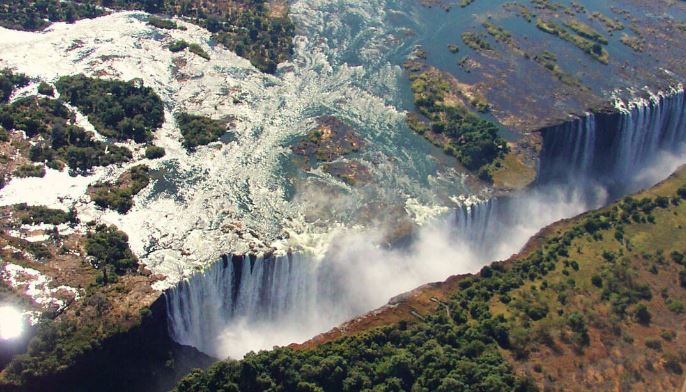UNESCO World Heritage Sites are exceptional places around the world that are recognized for their outstanding cultural, natural, or historical significance. These sites are carefully selected and protected to preserve their value for future generations. In this post, we will explore the importance of UNESCO World Heritage Sites and the efforts made to safeguard these global treasures.
Exploring UNESCO World Heritage Sites: Preserving Global Treasures
1. Cultural Significance: UNESCO World Heritage Sites showcase the diversity and richness of human culture. They encompass archaeological sites, historical landmarks, religious structures, traditional villages, and more. These sites provide valuable insights into the achievements, beliefs, and lifestyles of past civilizations, serving as a link between the present and the past.
2. Natural Beauty and Biodiversity: Many World Heritage Sites are renowned for their exceptional natural landscapes and ecosystems. From stunning national parks to unique geological formations, these sites preserve natural wonders that offer striking beauty and support diverse plant and animal species. They serve as vital habitats for threatened or endangered species, contributing to global biodiversity conservation efforts.
3. Cultural Exchange and Tourism: World Heritage Sites attract millions of visitors each year, promoting cultural exchange and tourism. People from different parts of the world visit these sites to learn about different cultures, appreciate architectural marvels, experience natural wonders, and gain a deeper understanding of our shared heritage. This cultural exchange fosters tolerance, respect, and appreciation for diverse cultures and traditions.
4. Preservation Efforts: UNESCO places great emphasis on preserving and conserving World Heritage Sites. Governments, local communities, and international organizations work together to protect and manage these sites effectively. Conservation efforts involve measures to prevent decay, restore damaged areas, control human activities, and promote sustainable tourism. These initiatives ensure the sites’ longevity and allow future generations to experience their significance.
5. Education and Research: World Heritage Sites are also valuable resources for education and research. They offer opportunities for scholars, archaeologists, scientists, and students to study various disciplines including history, anthropology, biology, geology, and more. By exploring these sites, researchers can uncover new knowledge and contribute to the understanding of our shared human and natural heritage.
6. Community Engagement and Sustainable Development: The preservation of World Heritage Sites often involves the collaboration of local communities. Engaging with these communities not only enhances their sense of pride and ownership but also ensures that the protection and management of the sites align with their needs and aspirations. Sustainable development initiatives are also implemented to balance the preservation of the sites with the economic and social well-being of the local communities.
In conclusion, UNESCO World Heritage Sites are invaluable assets that celebrate the beauty, diversity, and significance of our planet’s cultural, natural, and historical heritage. By preserving and safeguarding these sites, we can ensure that future generations will have the opportunity to experience and learn from these global treasures. Visiting and supporting World Heritage Sites contribute not only to sustainable tourism but also to the preservation of our shared human legacy.
